|
Bucks Geology GroupQuaternary Period or Ice AgeThe Ice Age, known as the Quaternary Period, started 2.6 million years ago and the last glaciation ended 10,000 years ago.Dramatic climatic changes occurred during the last 2.6 million years as Britain was alternated through a series of warm interglacials and very cold glacial periods. Evidence on land is patchy, but Buckinghamshire shows some very important phases of this period. In Buckinghamshire there is evidence of ice advances (notably the Anglian ice sheet which traversed down the Vale of Aylesbury). There is also evidence of warm interglacials (e.g. College Lake). A variety of both glacial deposits (e.g. till at Buckingham Sand Pit) and various glaciofluvial deposits (e.g. an esker at Buckingham, proto-Thames at Burnham Beeches and an, as yet unknown, deposit at Stowe, amongst others. These are all very important sites as they hold the key to what happened during the cold and warm phases and, with other sites, hold the key to unravelling climate change for the future. 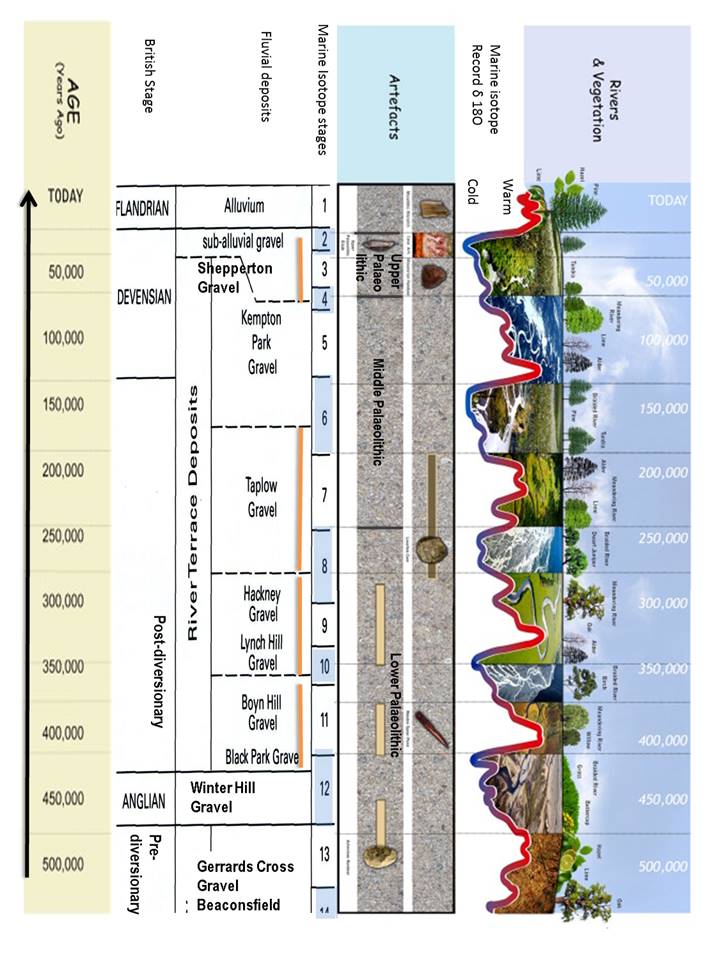
Fossils of the Ice Age from Buckinghamshire are mostly
derived from the end of the last cold phase (known as the Devensian). These are most often found in
sand and gravel deposits from ancient river channels. However, they can also be found in the
sediments of previous cold phases or the warm periods between ice advances (interglacial deposits)
such as those found at College Lake, Pitstone. These older deposits are rare, explaining why they are
protected as Sites of Special Scientific Interest (SSSI) or Local Geological Sites (LGS).
|
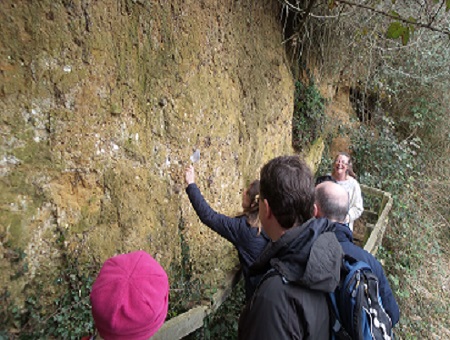
|
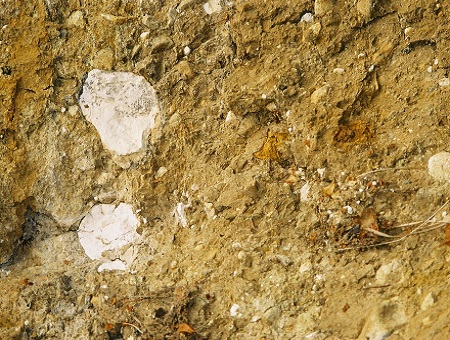
|
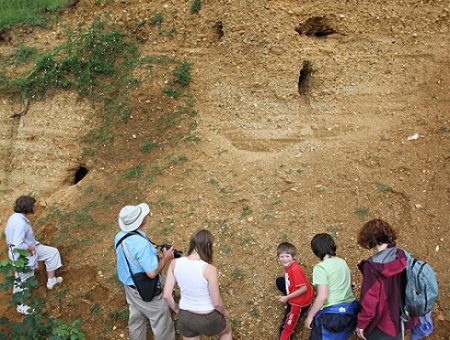
|
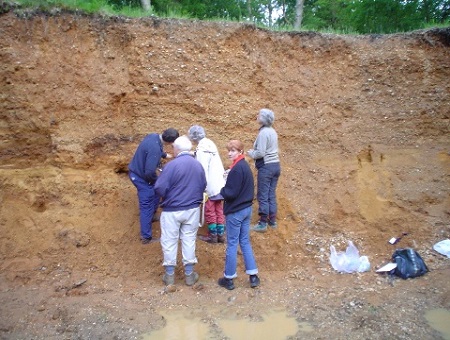
|
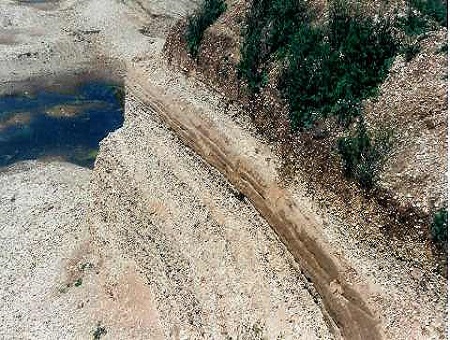
|
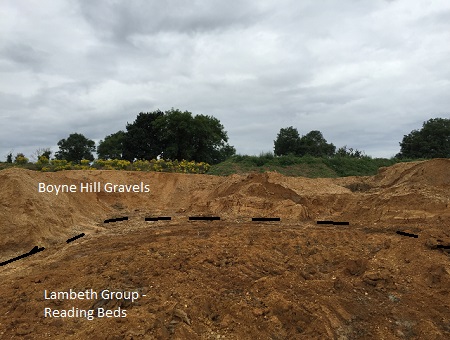
|
Further reading suggestions:
Bowen, D. Q. (ed.). 1999. A revised correlation of Quaternary deposits in the British Isles. Geological Society of London Special Report. No 23.
Bridgland, D. R. 1994. The Quaternary of the Thames . Geological Conservation review Series. Chapman and Hall.
Gibbard, P L, 1985. The Pleistocene history of the Middle Thames Valley, Cambridge University Press.
Green, C. P and McGregor, D. F. M. 1978. Pleistocene gravel trains of the River Thames . Proceedings of the Geologists' Association 89, 143-156.
Green, C. et al. 1984. Evidence for two temperate episodes in the late Pleistocene deposits at Marsworth. Nature 309 (5971): 778-781.
Hare, F K, 1947. The geomorphology of a part of the Middle Thames. Proceedings of the Geologists' Association, 58, 294-339.
Hey, R. W. 1966. Highly quartzose pebble gravels in the London Basin . Proceedings of the Geologists' Association. 76, 403-420
Sumbler, M. G. 1995. The Terraces of the Rivers Thame and Thames and their bearing on the chronology of glaciation in central and eastern England . Proceedings of the Geologists' Association 106, 93-106.
Wooldridge, S H, 1938. The glaciation of the London Basin and evolution of the Lower Thames Drainage System. Quarterly Journal of the Geological Society, 94, 627-67.
| BEHG Contact : Mike Palmer (mpalmer@discoverbucksmuseum.org) page last updated: 28th March 2024 |
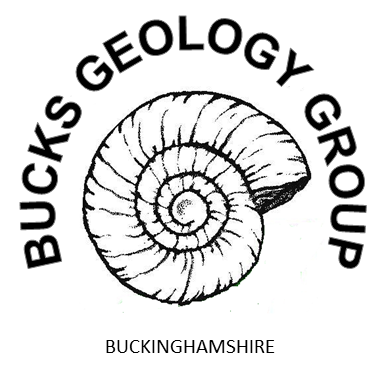
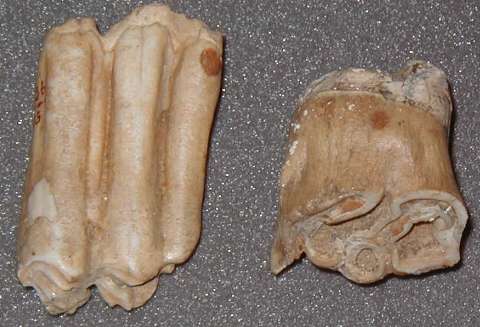 Ice Age. Horse and deer teeth are common finds in Ice Age river terraces.
Ice Age. Horse and deer teeth are common finds in Ice Age river terraces.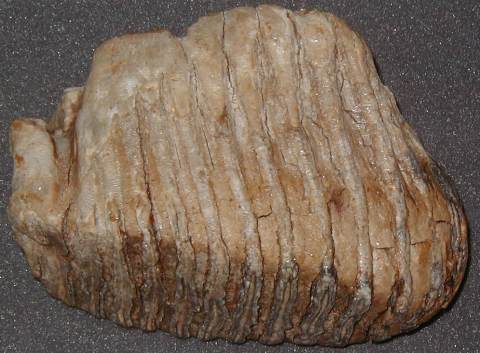 Ice Age. A mammoth tooth is a rarer find and, if found, should be kept wet by wrapping in a wet tea-towel or similar.
Ice Age. A mammoth tooth is a rarer find and, if found, should be kept wet by wrapping in a wet tea-towel or similar.  Ice Age. Mamoth Tusk
Ice Age. Mamoth Tusk 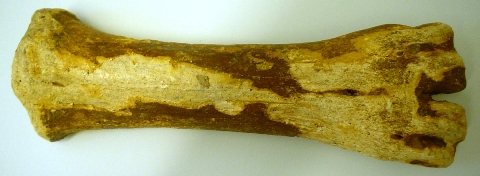 Ice Age.Bison limb bone
Ice Age.Bison limb bone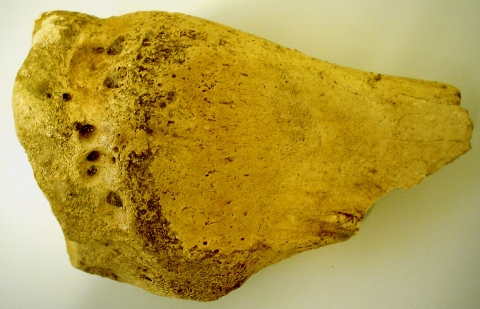 Ice Age Mammoth Thigh bone
Ice Age Mammoth Thigh bone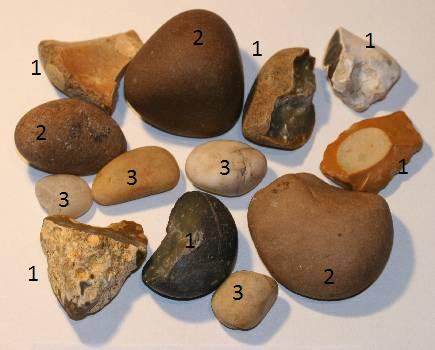 Ice Age. Typical Gravel Terrace Pebbles from Winter Hill Terrace. Note the large range of pebble sizes and colours (1) Flint Pebbles (2) Quartzite sandstone pebbles 'Bunter'(3) Vein Quartz pebbles.
Ice Age. Typical Gravel Terrace Pebbles from Winter Hill Terrace. Note the large range of pebble sizes and colours (1) Flint Pebbles (2) Quartzite sandstone pebbles 'Bunter'(3) Vein Quartz pebbles.